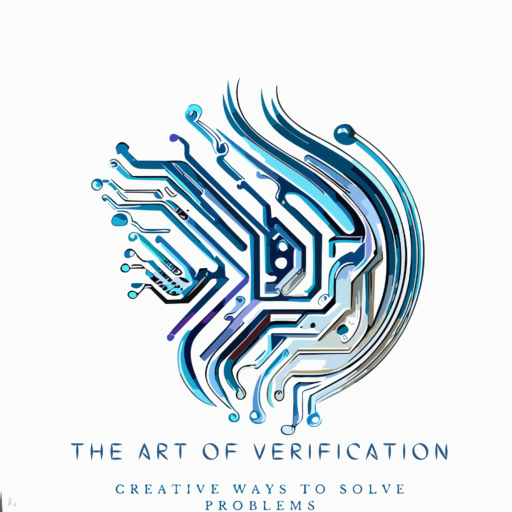How to handle Interrupt in UVM?
Interrupt handling is a well-known feature of any SoC which usually comprises of CPU, Bus Fabric, several Controllers, Sub-Systems & many IP blocks as part of it. In some way or other Interrupts are used to act as the sideband signals of the Design/IP Blocks & most of the time it’s not the part of the main…




